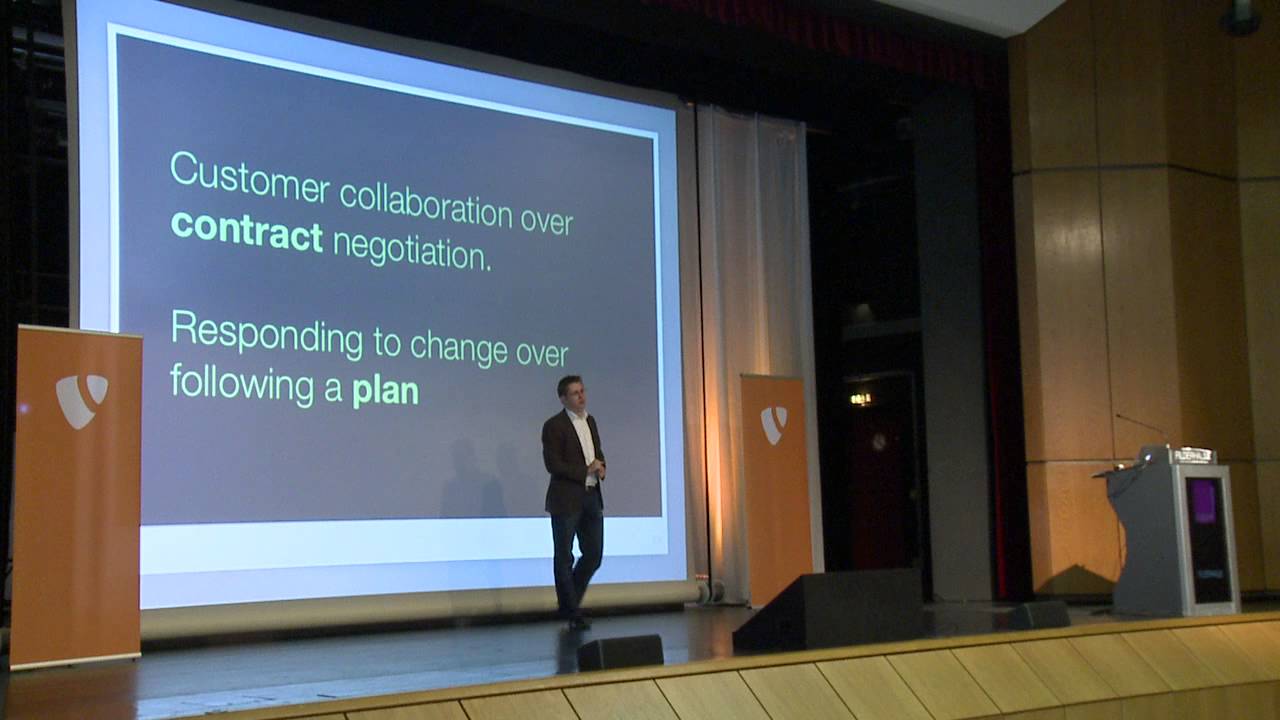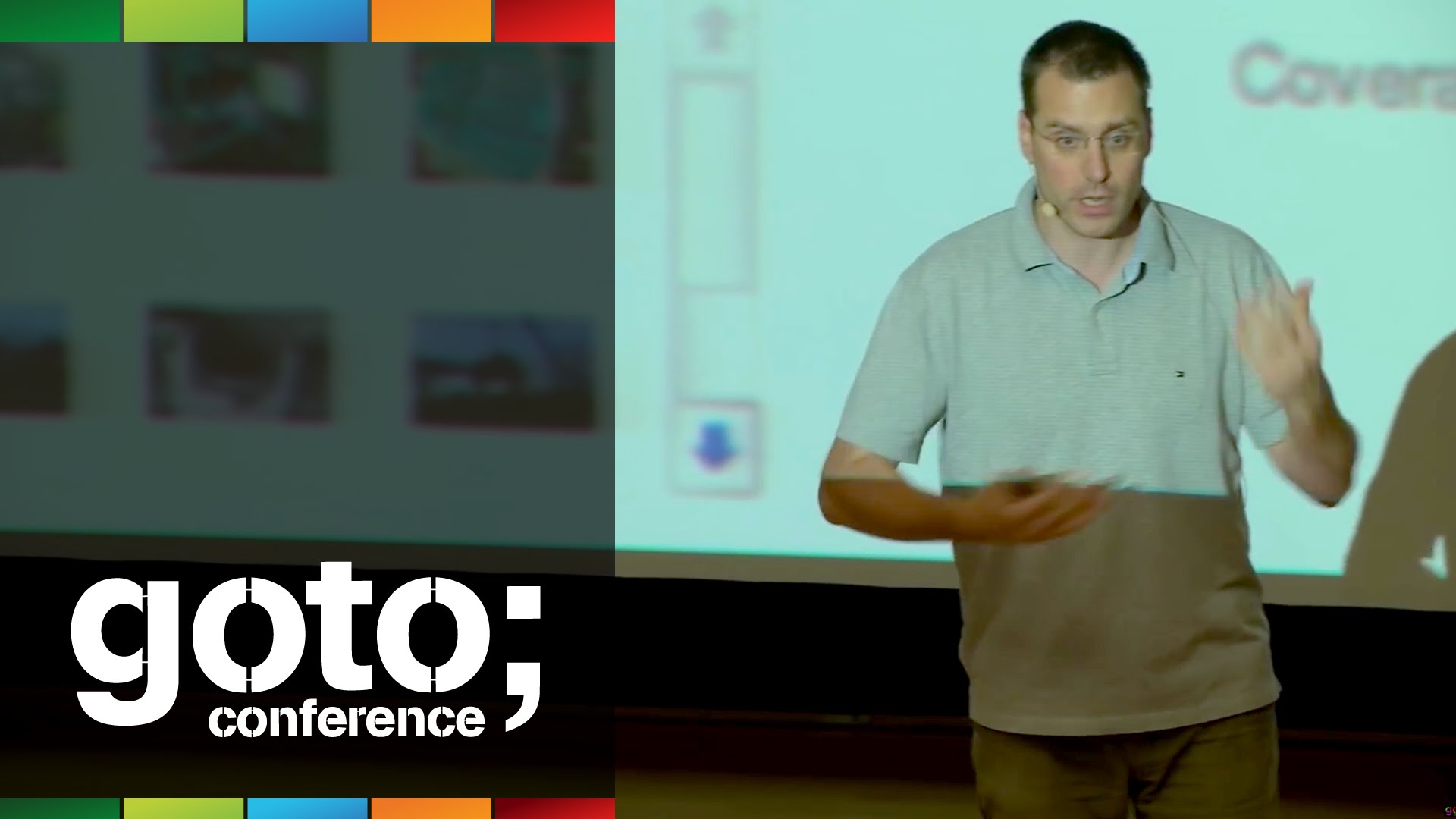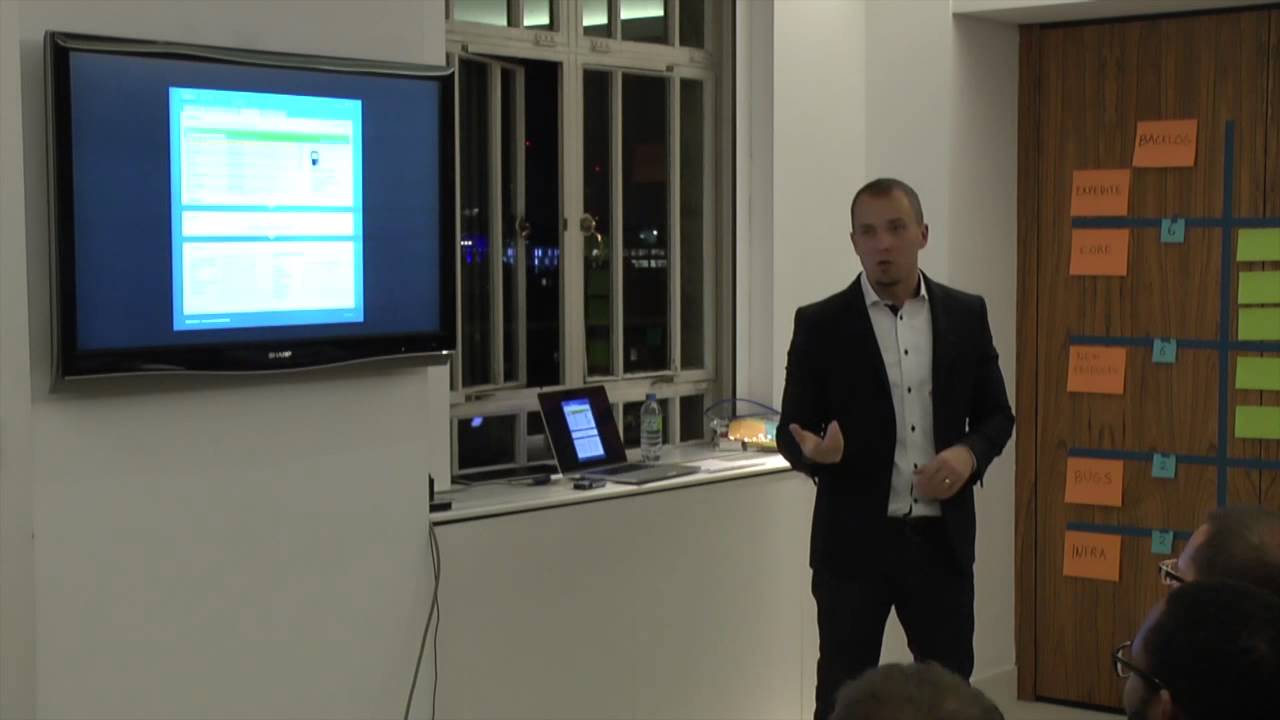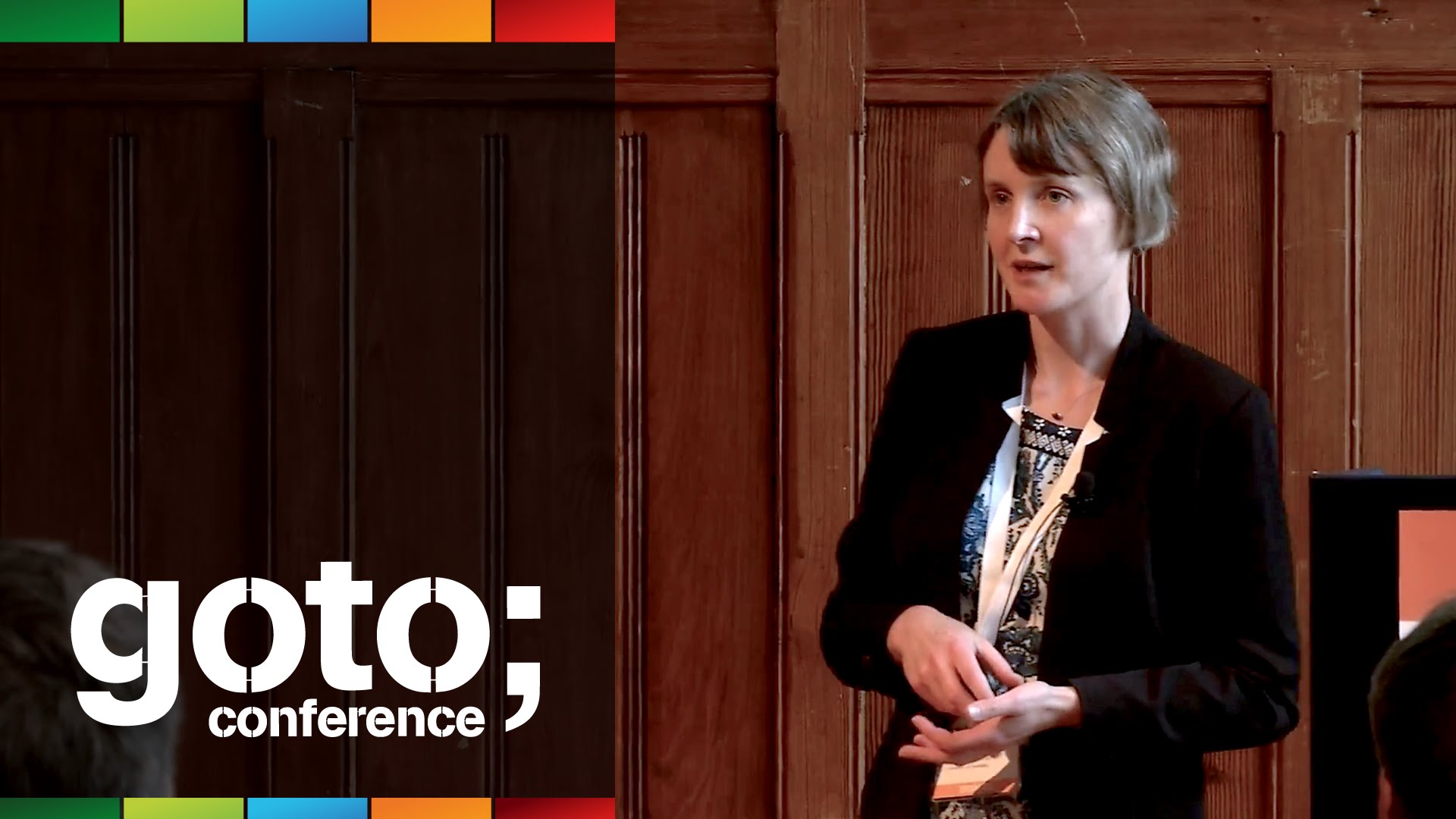Videos on Scrum and Agile Project Management
There are many books and trainings that describe what good Product Owner should be in Scrum team. I have been a Product Owner for more than 5 years now. During this time I learned that there is only one skill that is essential to good Product Owner. I am ready to share it with you together with few “stories from the trenches” that will illustrate it.
What we do in software development is hard. Lots of companies, teams, and people pick up Agile approaches to make it easier, and then realize it’s still really hard. They learn that Agile didn’t fix things. And, then they get to work trying to fix Agile.
Estimates are part of our daily live. Every single day we ask and answer questions like: “when will it be done?”, “how much does it cost?” and use that “data” to plan the future of our projects. Some of us using rigorously formalised processes with heaps of Excel sheets, some applying more agile methods like planning poker. While doing that, we do not realise how estimates could be harmful!
User stories are often misunderstood as small bits of requirements that help postpone analysis, but that’s not what adaptive planning should be about. Adaptive plans help organisations turn a changing landscape into a competitive advantage, react faster than the market and accelerate product discovery.
This talk is a study of a case in which three Scrum teams converged into a single large team Kanban system design. Working in separate teams resulted in issues with responsibility, hand-overs, resource utilization and a culture of blaming others. In a large, highly self-organized team the members could share responsibility for the whole, work on the right things and focus on flow.
Most agile software development team grapple with user stories as a technique for understanding what needs to be developed iteratively. This talk presents some techniques for uncovering useful user stories and how to slice them in a way to deliver value in small increments.
We’ve all been there. You release a new feature, product or service, only to find it isn’t quite what your customers want or need. But by the time you release, it’s too late to make significant changes. Traditionally user experience design has involved a significant amount of upfront user research and design, to ensure we build products that meet customer needs. But this approach doesn’t always work so well within an Agile development environment.








